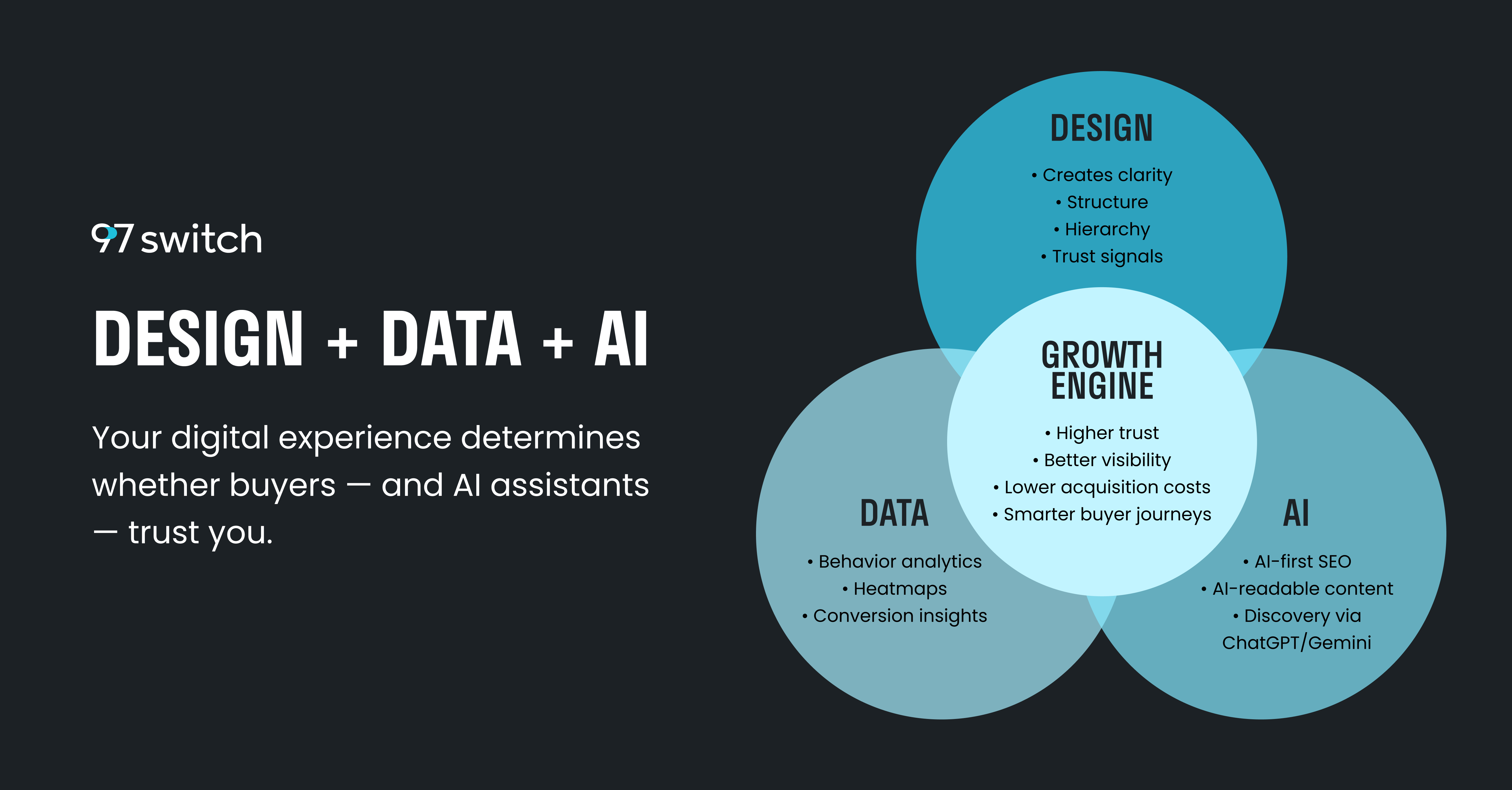Every company has a story to tell, and they should tell it to as many people as possible. It helps create a connection between the company and the customers. Research shows that people connect with a brand due to their storytelling, because they share similar values or personalities. So what is a brand? A brand is the way that people view and recognize your company apart from competitors. It includes anything that comes to mind when they hear the brand name, such as colors and logos, function, or how they would describe it to a friend.A brand story is one key part of branding. It’s where your company can share the essence of the brand and who you are. The most important part of a brand story is the why. Why did you start the company, and why do you continue to do what you do? These values are a big part of how people will connect with the brand, and therefore how the rest of your marketing should look. To make sure that you provide customers with an accurate picture, here is a complete guide to telling your brand’s story.
Identify your values and mission

Before you begin writing your brand’s story, it's important to sit down and make sure that you’re clear on what you do and what you stand for. This should be universally known throughout your company, so that there is no discrepancy in the way that your company communicates with others. Make sure that you are clear on what message you want to get across in your brand’s story. After identifying this, create a value statement talking about what’s important to the company, and a mission statement discussing why that is. Once you know where you’re at, then consider where you want your business to go in the future. This can become a vision statement, included in the brand’s story. Once you have all of this written down and clearly stated, you’re ready to move to the next step.
Find your brand’s voice

Your brand needs to have an established personality that is consistent with your values and mission. To do this, decide on a tone and a voice that will resonate with customers and partners. Remember that it’s critical to be authentic. List a few adjectives that describe the way you want to be perceived. Then use that as a guide to create a way of interacting with others, and you’ll have a brand voice. You can get a starting point for this by reviewing the way that your company has interacted with people in the past. Take that voice and refine it into simple terms to create a brand voice and tone. If you find that your past content is inconsistent and that there is no apparent voice, that’s okay. You can take this as an opportunity to rebrand and clarify the brand.
Follow a story structure

Any good story follows the same formula of an introduction, a conflict, and a resolution. Your brand’s story should be no different. Start by talking about how the company got started. Don’t be afraid to talk about the challenges and mistakes that the business may have faced. After listing a conflict, talk about the resolution to that conflict. How did you overcome those challenges and mistakes? How did they make you better as a company? Most critically, convey your values and mission through this story. For example, Final. metal straws tell a story of their founder, who one day was walking on the beach (introduction), when she came across an obscene amount of plastics in the ocean (conflict). After seeing this, she created a metal straw company to cut back on the amount of plastic in the ocean (resolution). From this story, you can tell that the company values the environment, and that they are action takers.
Put your audience in the story

When writing your story, you should also keep in mind how your customers fit into that story. You can achieve this by sharing what you can do for them and what they can do for you, creating a mutual relationship. Focus on their pain points and solving their problems. This should be done not just in your brand story, but in all your marketing efforts.One way to do this is by making the customer the hero of the story. Again, using Final. as an example, they make it clear that the only way to achieve their mission of cutting back on plastic in the oceans is if their customers commit to it and make a change. By buying their products, customers are helping save the ocean and supporting a business that will advocate for the values that they both care about.
Keep it short and simple

While storytelling is the best way to get people’s attention, it’s still best to keep it short and simple. Give the story one focus and one subject. Don’t add in too many details or side notes, as it will only create confusion and distractions. Sticking to the point makes it easier to digest, so that people will create an emotional connection with the brand.
Key takeaways

If you don’t already have a brand story established, it's important to write one. The brand story becomes the backbone of your brand and of your company. It can guide you through anything that your company does, and help keep you team members on the same page. It’s also important to create a connection with your audience. If you keep these steps in mind, you’ll have an impressive brand story in no time.
Interested in learning more? Click here or reach out to info@97switch.com.






